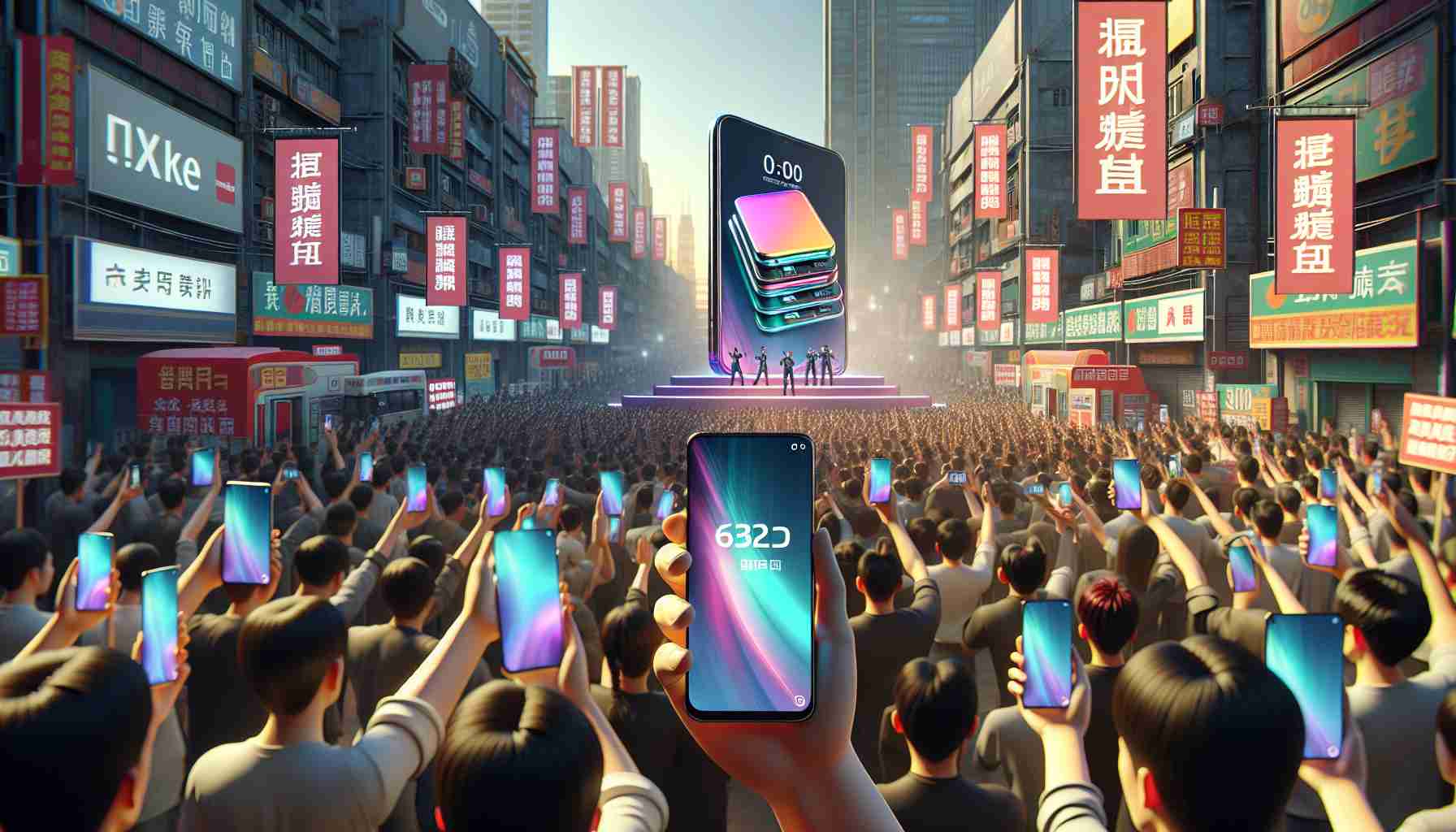Huawei capitalizes on its proprietary Kirin 9000S chip to gain a competitive edge in the Chinese market. Their strategic maneuver to utilize these chipsets in budget-friendly devices, starting at just $300, has created a stir among competitors. Huawei’s decision to shift focus towards next-generation technology has resulted in a supply adjustment for their existing Kirin 9000 series.
In the wake of a stunning sales performance with the Mate 60 series, Huawei has shipped an impressive 30 million units, highlighting the Kirin 9000S’s key role in their success. While the premium models previously fetched prices above $1,200, the company’s shift to incorporate these chips into more affordable options is expected to replicate this success at a different market tier.
Enthusiasts anticipate the introduction of Huawei’s advanced processors designed for personal computers, labeled as the ‘Kirin PC Chip’. This initiative marks Huawei’s ambitious entry into the ARM PC domain, signaling a diversification of their product lineup. With rumors of a new 5nm process developed by SMIC, Huawei’s plans for future chipsets have become a topic of industry buzz.
The company’s determination to forge ahead in spite of trade restrictions has been evident in their ability to sustain mass production of cutting-edge silicon. While specifics of which devices will house the diversified Kirin 9000 chipsets remain undisclosed, entry-level smartphones and tablets are likely candidates to receive this powerful yet cost-effective chip technology.
Most important questions and answers associated with Huawei’s strategy:
1. Why is Huawei focusing on budget-friendly smartphones with Kirin 9000 Chips?
As Huawei faces fierce competition, particularly in China from brands like Xiaomi and OPPO, offering high-end chipsets like the Kirin 9000 in accessible devices allows them to stand out and capture a larger customer base that seeks performance at a lower price point.
2. What are the implications of Huawei entering the ARM PC market?
Huawei’s expansion into the ARM PC market underscores their ambition to compete in multiple technology sectors. It may strengthen their ecosystem and offer consumers integrated solutions across devices but it also signals increased competition for existing players in the ARM-based computer chipset industry.
3. How are trade restrictions affecting Huawei’s chipset production?
US trade restrictions imposed on Huawei limit its access to cutting-edge semiconductor manufacturing technology and resources. This has led Huawei to find alternative strategies for mass production and chipset development, such as possibly working with SMIC to develop a new 5nm process.
Key challenges or controversies:
– Supply Chain Constraints: International trade restrictions, most notably from the United States, have pressured Huawei’s supply chain, particularly in acquiring the advanced manufacturing capacity needed for high-end chip production.
– Risk of technological isolation: As tensions rise between China and various Western countries, Huawei faces the challenge of technological isolation and the need to be self-reliant, especially in the semiconductor space.
– Market Competition: The smartphone market in China is highly competitive, and Huawei’s success with the Kirin 9000S-powered devices will largely depend on their performance compared to competitors’ offerings.
Advantages and disadvantages for Huawei in this strategy:
Advantages:
– High-end technology at lower price points can attract price-sensitive consumers seeking value for money.
– Establishing a reputation for technological self-sufficiency could enhance brand loyalty and national support.
– Diversification into PCs could open up new revenue streams and strengthen Huawei’s ecosystem.
Disadvantages:
– Possible performance bottlenecks or other compromises in more affordable devices that may affect consumer satisfaction.
– Challenges in maintaining technological leadership without access to certain global technologies and partnerships.
– Potential delays or limitations in spreading to international markets due to trade restrictions.
View the main domain for Huawei to learn about their range of products and company news: Huawei Official Site.
The source of the article is from the blog qhubo.com.ni
